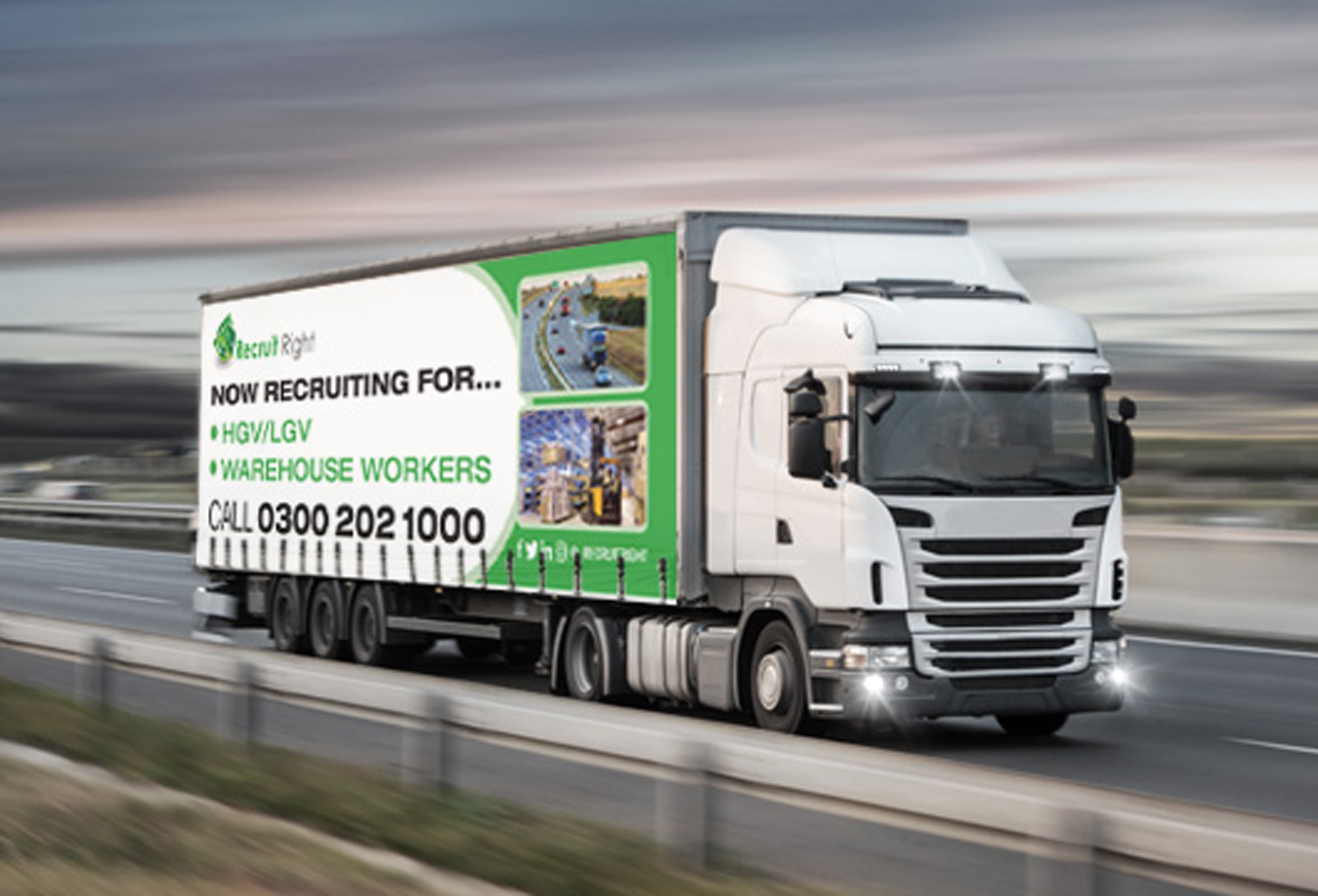When discussing HGVs, the common perception revolves around the large transit trucks moving on highways or struggling to manoeuvre through narrow rural roads. While this association holds true for a significant number of HGVs, it represents just one category among many on the roads. Surprisingly, the world of HGVs encompasses diverse types beyond conventional lorries. Essentially, an HGV (heavy goods vehicle) refers to any vehicle exceeding specific size and weight thresholds, necessitating a specialised driving licence. In an effort to provide insight, a reference guide has been compiled to distinguish the various HGV types and their usual locations.
Dry And Consumer Good Lorries
These vehicles, known as ‘large trucks,’ encompass both rigid and articulated lorries, primarily serving to convey dry and consumer goods throughout the UK. A diverse array of items can be transported using these lorries, ranging from snacks and apparel to planters and computers. The vehicles vary in size, typically based on the nature of the cargo they carry. Most of them feature either a ‘box’ structure resembling a container affixed to a flatbed or a ‘curtain side’ design utilising a metal framework overlaid with dense curtaining, akin to an industrial-style shower curtain.
Flatbed Lorries
Flatbed trucks are versatile vehicles with a level, open platform ideal for carrying oversized, heavy objects that cannot be accommodated in containers. As a result, a variety of unconventional items ranging from livestock and industrial equipment to building supplies and even complete mobile homes can be secured on them.
Emergency Vehicles
The distinction arises in the classification of emergency vehicles as not all fall under the category of Heavy Goods Vehicles (HGVs). For instance, police cars and ambulances do not require an HGV classification; a standard licence suffices, along with specialised training provided by the respective emergency service. However, to operate a fire engine, an HGV licence is mandatory due to its weight. Consequently, acquiring an HGV licence and completing an advanced driving course become prerequisites.
Livestock Trucks
These are specialised vehicles intended for the transportation of livestock, encompassing a range from poultry and swine carriers to equine transporters. Heavy goods vehicles (HGVs) are equipped with animal compartments to ensure the safety of the livestock during transport, typically used for short-distance journeys such as farm-to-market routes.
You can pass the Class 1 HGV training test in as little as 1 week if you are upgrading from a Cat C license; if not, you will need to go for a D4 medical first and then apply for your provisional licence, so the direct access courses usually take around 4–5 weeks to complete.
Refrigerated Lorries/Trucks
Certain products necessitate refrigeration to maintain their safety for consumption and prolong their durability. Although utilised across diverse applications, the predominant sector where this practice is imperative is the food and beverage industry. Refrigerated Heavy Goods Vehicles (HGVs) are available in various dimensions, ranging from compact freezer vans to sizable refrigerated containers affixed to articulated lorry platforms. These vehicles play a vital role in preserving the freshness of goods during large-scale transportation nationwide.
Tankers
Tankers are essentially large containers on wheels specifically built to transport substantial liquid quantities between locations. The liquid they carry ranges from extremely dangerous chemicals crucial for manufacturing to basic water. Operating a tanker necessitates a distinct HGV licence tailored for transporting hazardous substances. Additionally, tankers can transport various other fluid substances, such as grains, sugar, or powders, so encountering one on the road shouldn’t cause alarm.
Specialist Vehicles
This covers all HGVs that are considered unique vehicle types that do not fall under specific categories. Specialized HGVs are tailored for distinct purposes, often serving rare or industry-specific needs, and may be utilised on a seasonal basis. Examples of such include:
- Cement mixers
- Vehicle Transporters
- Snow Ploughs
- Tow Trucks
- Highway maintenance vehicles
Seek out a reputable HGV driving institution that offers tailored instruction and knowledge for individuals seeking to operate an HGV as a career or hobby. Access a dedicated team of instructors ready to assist in determining the appropriate certification required and supporting you through the entire learning journey, starting from your initial driving experience to successfully passing examinations and acquiring your certification.

